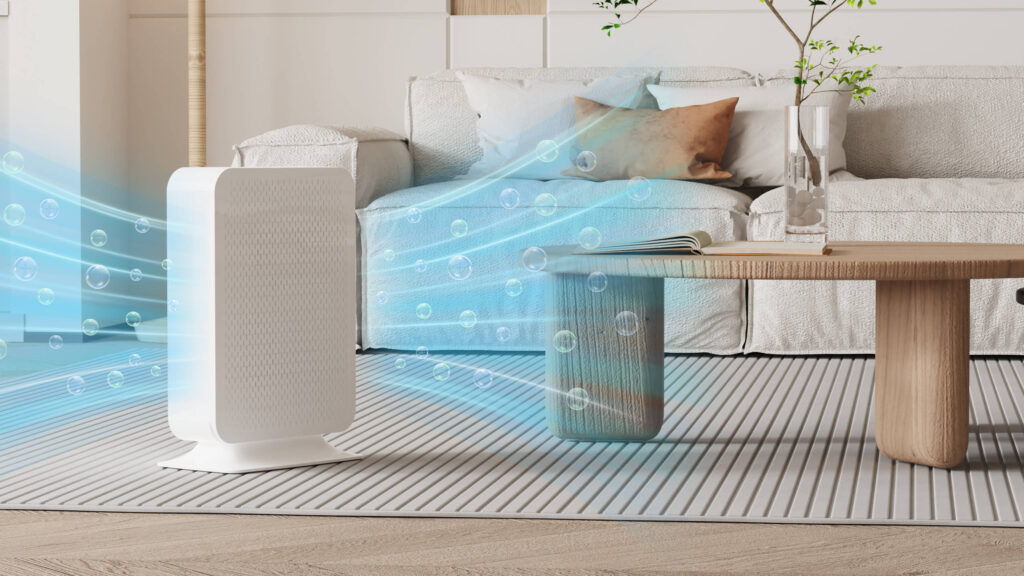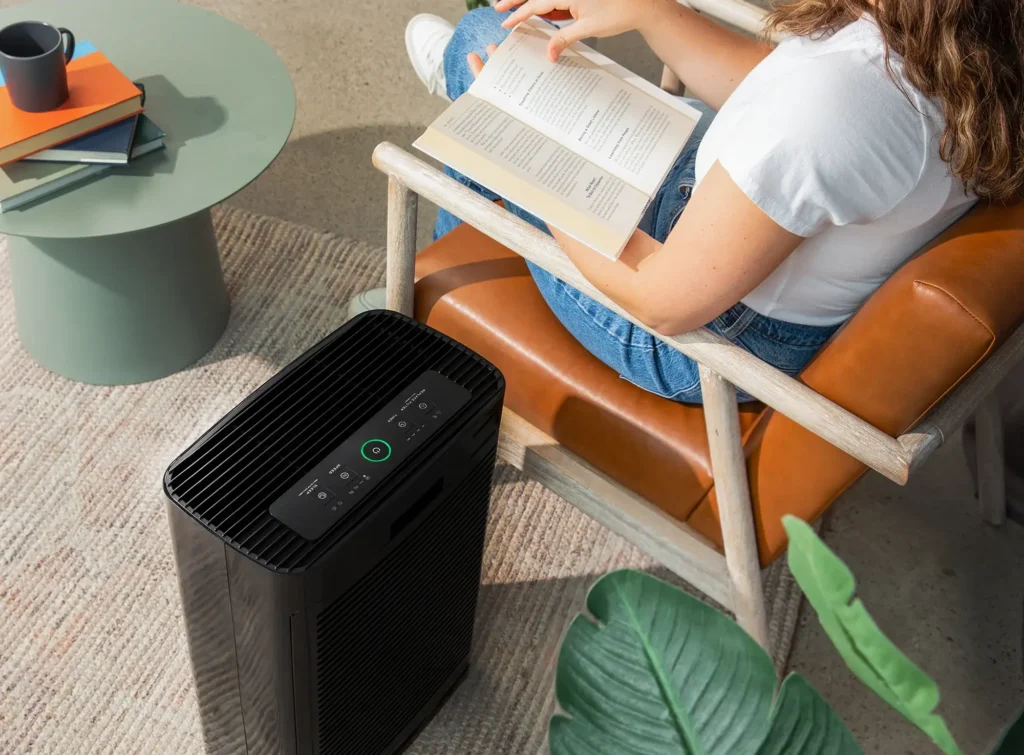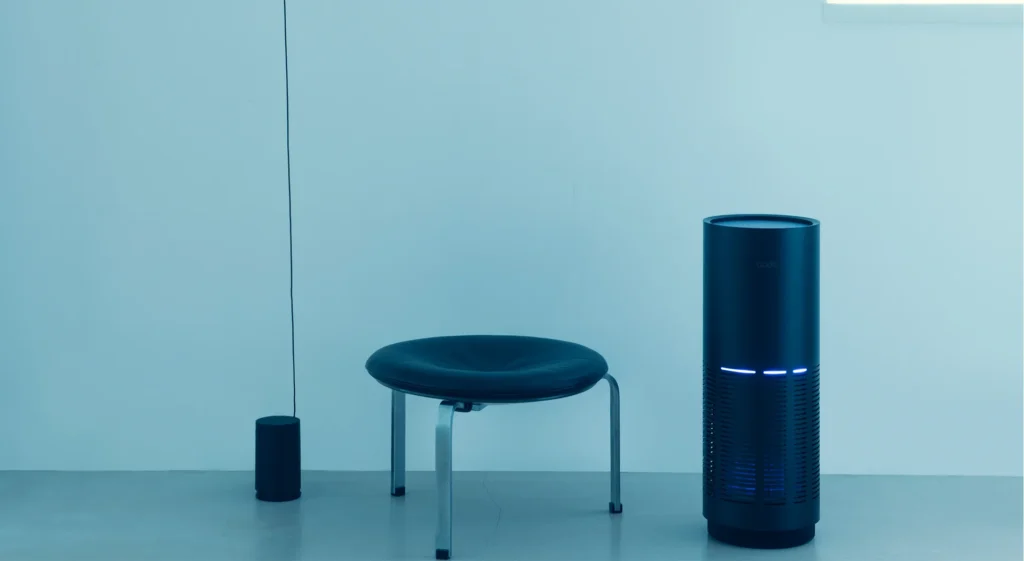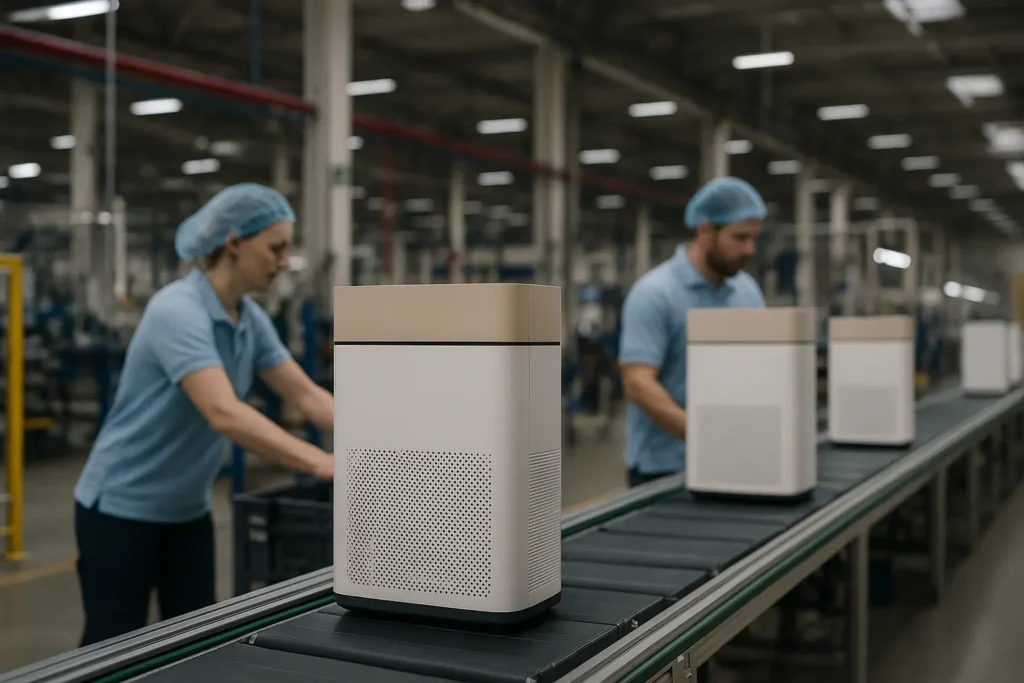Mold spores aren't something that you can deal with through conventional cleaning. They are invisible to the eyes and only manifest when molds start to grow in the cracks and seams of your home. You need specialized methods so that you can remove them properly.
We all know how difficult it is to remove mold spores. After all, they have this insane ability to grow in different parts of our homes, especially those that are difficult to reach. Addressing them might require you to deal with mold spores, which are the ones responsible for the growth of molds and other types of fungi.
Reputable air purifier manufacturers ensure that their air cleaners can capture these mold spores. Normal air cleaning mechanisms can't capture them since they are very small. But at the same time, you should also address them to ensure that they won't cause further damage to your health and property.
Read on to learn more about these mold spores, what causes them, and how you can get rid of them.
Where Does Mold Spores Come From?
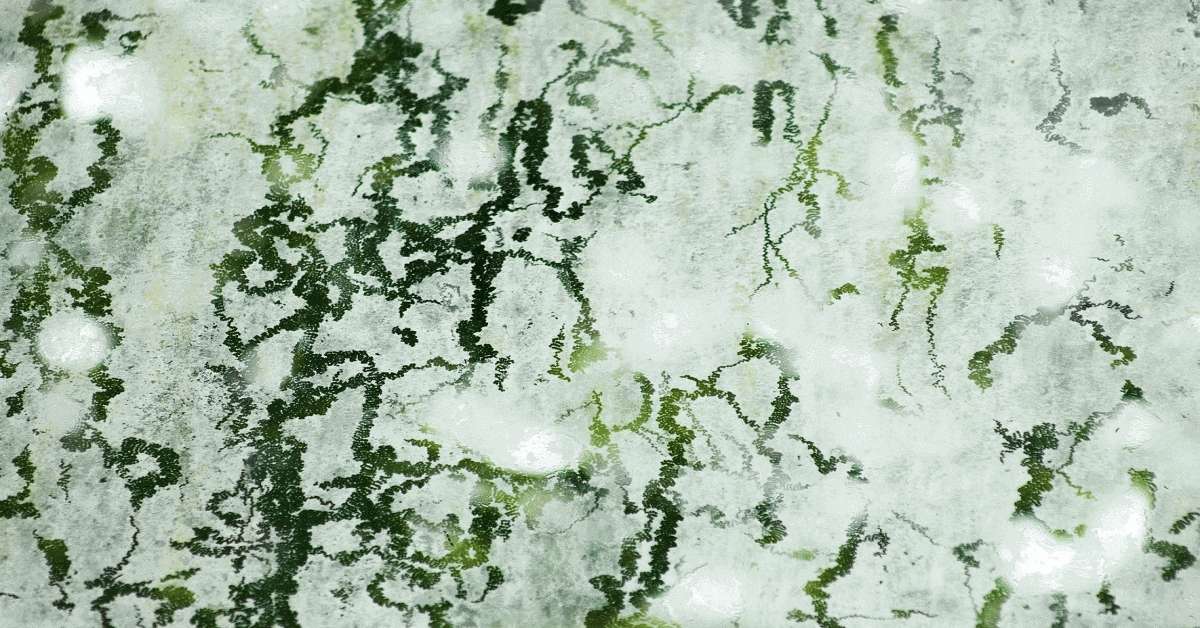
Image Source: Unsplash
Many people don't realize that there's a huge chance that we are being surrounded by spores, regardless if we are outside or inside our home. These mold spores vary in size, but they are likely microscopic. They have a size that ranges from three to forty microns, enabling them not to be seen by the naked eye.
Molds are naturally occurring in the environment; they aren't anomalous organisms. Their job is to work as recyclers. They feed on decayed and dead organic materials, such as plants and trees. Hence, your mold spores are often derived from parks, lands, and other areas that are full of vegetation.
Furthermore, these spores tend to proliferate after heavy precipitation. That means that after prolonged rainfall, their number starts to grow. They also like to dwell in areas with high humidity.
Once these spores become airborne, they would eventually find a spot where they can settle. But most of the time, they tend to generate molds in areas that have the ideal temperature and humidity. If these conditions are present, the spores will produce thread-like extensions called hyphae. They are the ones that absorb nutrients in their environment, causing molds to grow.
Is It Normal to Have Mold Spores in the Air?
As mentioned, mold spores occur regularly in the air. Most of the time, they are in the air we breathe. But that shouldn't fret you, as inhaling them wouldn't cause any problem.
Mold spores are fungi that consume dead or decayed organic materials. Hence, if you are residing in areas where there are trees, bushes, and other forms of vegetation, these mold spores are likely to exist. At the same time, they also like to dwell in highly humid environments.
The only thing that you need to be concerned about these mold spores is their indoor presence. Once they can get inside your home, they might cause mold infestation. Aside from structural deterioration, they can also cause adverse health effects.
What are the Side Effects of Mold Spore Exposure?
Mold spores generate molds, which, in turn, infest your homes. Prolonged exposure to mold spores can cause respiratory problems. However, the extent of their effect isn't that determined yet.
But at the same time, there are individuals who are more sensitive to molds than the others. They are the ones that are severely affected by exposure to molds. For instance, people with asthma experience frequent attacks if they breathe in a space infested with molds. Moreover, people that have compromised immune systems may also experience symptoms caused by molds.
Here are the symptoms of mold exposure:
- Difficulty in breathing/wheezing
- Throat irritation
- Coughing
- Skin irritation
- Nasal congestion
If you have the following symptoms, there's a possibility that your home has been dealing with mold infestation already. You need to check all the rooms and interiors of your property to spot possible signs of mold growth.
Where Do Mold Spores Grow in Your Home?
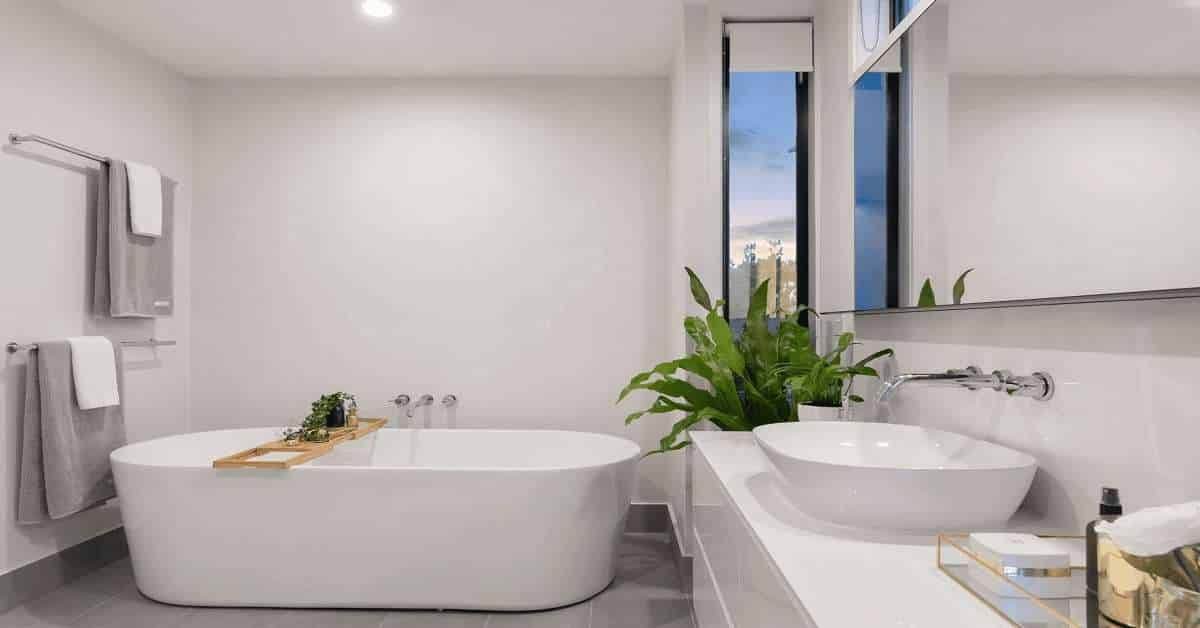
Image Source: Unsplash
As mentioned, your home can be a hotspot for these mold spores. However, the following areas are where they often linger:
Bathrooms
Bathrooms are always prone to mold growth because of the presence of water in them. People always use their bathrooms on a daily basis. Hence, it is not surprising that watery residues exist there. Molds tend to grow in these environments. If you don't dry them, mold spores will eventually proliferate.
Kitchens
Again, your kitchens aren't impervious to mold spores and mold infestation. Similar to your bathrooms, kitchens are an excellent habitat for fungi. From the leftover food down to the water in the sink, these things can encourage molds to grow uncontrollably. Hence, it is always encouraged that you keep this area clean and dry.
Basements
The basement is always dark, damp, and warm. These are the prerequisites for mold growth to happen. Once the mold spores would be able to penetrate this part of your home, you should expect massive mold growths right away. In fact, if you can't control their numbers, they will cause serious damage to the structures of the basement. This would lead to costly repairs.
Why Is Mold Spore Purification Important?

Image Source: Unsplash
As much as possible, you would want your home to be free from mold spores. We have already mentioned the possible effects that they could cause, especially if they start mold infestation already.
Mold spores don't only cause health problems. They can also cause expensive damages to your property. In some cases, these molds are too difficult to remove, prompting massive renovations to eradicate them. Through simple preventive measures, you can avoid these unwanted predicaments from happening to your own abode.
Adding Air Purifier to Get Rid of Mold Spores
One of the most efficient methods of controlling the presence of mold spores is through air purifiers. An air purifier is designed to capture different airborne particles in the air. With the correct air purifier, you would also be able to deal with microscopic contaminants, such as mold spores and pathogens.
Learn more about these air purifiers and see how they can help you with moldy problems.
Why Is an Air Purifier Important to Improve Indoor Air Quality?
Indoor air pollution is an issue many people try to shrug off these days. But the thing is, you can't just turn a blind eye to this problem. After all, the effects of indoor air pollution are more severe than its outdoor counterpart.
The reason for this is the concentration of airborne contaminants in an indoor setting. Unlike outdoors, air cannot circulate well inside homes and buildings. This means that all the pollutants that come inside won't be able to escape. Prolonged exposure to them would cause harmful effects on your body.
With an air purifier, you would be able to "process" the air you breathe inside your living spaces. The device can allow you to breathe fresh and clean air, even if you are residing within a polluted city or suburban space.
Air Purifier for Mold Spores
If your main pollutant of concern is mold spores, then you should rely on the service of an air purifier. You see, these air purifiers are also effective in capturing fungi, molds, and other microorganisms that are floating in your air.
Specialized air purifiers, such as those that have medical-grade filters, are capable of filtering those invisible threats inside your space. Put them inside an area infested with mold spores, and they will be able to reduce their numbers significantly.
Are Air Purifiers for Mold Spores Safe?
Air purifiers are only using filters to remove different contaminants in the air. They aren't using other potentially harmful mechanisms that could harm their users. They are safe to use, especially those that are manufactured by highly reputable manufacturers.
The only air purifiers that you should be cautious of here are those that generate ozone gasses. According to their manufacturers, these ozone air purifiers can neutralize different contaminants in the air. While the concept is ideal, exposure to ozone gas is harmful. The latter is a type of lung irritant that can complicate existing respiratory conditions.
We recommend that you only use air purifiers that are using filters in their operation. Aside from being effective, they are also safe to use.
How Do Air Purifiers Work to Remove Mold Spores?
Many thought that air purifiers were products of science fiction. But the thing is, these air purifiers actually work. And they are not even using sophisticated technologies to execute their jobs. Instead, they just use the tested-and-tried filtration method.
Air purifiers are equipped with several filters. These filters are the ones that screen for different types of contaminants in the air. Depending on the filter present, the air purifier can even capture viruses and bacteria.
Three filters are commonly equipped in an air purifier. They are the following: HEPA filter, carbon filter, and pre-filter. The HEPA filter is the one responsible for capturing microscopic airborne contaminants, such as mold spores. Meanwhile, the carbon filter breaks chemicals and substances, such as volatile organic compounds. The pre-filter captures large debris that could damage the other filters.

Removing Mold Spores By Air Purifiers: Step-By-Step
Here's how a standard filter-based air purifier operates:
- It uses its fan to draw the air toward it. The quality of the fan and motor has an impact on the overall performance of the air purifier. So make sure that you get ones that operate efficiently and quietly as the same.
- After that, the air will pass through several layers of filters. It is on the HEPA filter where most of the microscopic contaminants, such as mold spores, would be captured. The air could also pass carbon filters, which help in breaking the substances that cause odors.
- Once the air is already clean, it will be released back into the air. This process is repeated to ensure that your home is free from harmful contaminants and other unwanted substances.
The filters in the air purifiers are the ones responsible for removing as many airborne threats indoors. Hence, it is crucial that you choose an air purifier that is equipped with high-quality filters.
How Long Does It Take for the Mold Spores to Settle In?
Using an air purifier can help control the presence of molds and different pollutants in the air. However, be mindful that their speed in capturing the airborne particles may depend on several factors.
The square footage of your rooms may matter here. If you use a small air purifier in a large room, the air purifier would not be able to remove the pollutants right away. In fact, the device might become inefficient because it doesn't have enough power to absorb all the air inside the room.
Using an appropriately sized air purifier would generate significant and faster improvements to the indoor air quality of your home. If you are using the correct air purifier, mold spores will be removed quickly.
Things to Consider When Buying an Air Purifier for Mold Spores
If you want an air purifier that can deal with mold spores, you would need to consider the following factors into account. They are the ones that can guarantee that the air purifier is capable of extensive filtration.
- HEPA Filter - When it comes to air purifiers, HEPA filters are a must-have. These are the filters that are capable of capturing microscopic contaminants in the air. Based on the international standards, these HEPA filters should be able to trap 99.9 percent of airborne contaminants that are as small as 0.3 microns. This is the scale where molds and fungi are present.
- Coverage - Before you buy an air purifier, make sure that you know the size of the room where you are going to put the device. Once you get the measurements, look for an air purifier that has similar or greater coverage. For instance, if the room is 100 square feet, you would need to buy an air purifier that has an effective coverage of 100 feet or higher.
- Airflow - You shouldn't downplay the importance of airflow in the performance of air purifiers. It is the one that enables the air purifier to capture as many pollutants present in the air. The fan and motor of the air purifier should function properly, even for extended periods.
- Fan speed - Depending on your needs, you would need your air purifier to have an adjustable fan speed. In this way, it can respond to the varying changes in your air quality. Furthermore, you might also want your air purifier to be able to run on a low-speed setting, especially if you want it to operate all the time.
How to Prevent Mold Spores After Removal?
Once you have dealt with the mold spores, it is time that you ensure that you won't have to encounter them anymore. It is quite difficult to address the symptoms that these mold spores cause, so you have to make sure that they won't trouble you again.
One way of doing this is by keeping the relative humidity in your indoor spaces low. Specifically, it should not exceed 50 percent to prevent molds from growing. You can do this by having a dehumidifier. Your air conditioner can also help regulate the humidity levels in your home, but dehumidifiers are the best ones.
Another way of preventing mold spores is to fix any leaks in the plumbing, roof, and walls of your home. In this way, there are no more opportunities for these mold spores to enter or proliferate in your area.
Of course, don't forget that there should be enough ventilation in your home. Exhaust fans should be present so that they will vent air from the inside going outside. These vents are essential in your bathrooms and kitchens.
4 Other Solutions to Remove Mold Spores in the Air
There are still other methods that you can try for mold spore removal. You should also give them a try to ensure that you'll get the ideal results that you want.
Use Mold-Killing Products
There are cleaning products sold in the market today that can kill molds and mold spores. If there are visible signs of mold growth in several parts of your home, such as the bathroom, kitchen, and basement, use these mold-killing products right away.
The best thing about these cleaning agents is that they can also prevent molds from sticking back in areas where they have previously grown. That should prevent them from disturbing the conduciveness of your indoor spaces.

Add a Dehumidifier
A dehumidifier is a device that removes excess humidity in rooms. They absorb the water from the air and store them in their tanks. When the humidity is too high in your spaces, it is likely that mold spores will come and grow.
Regulating the humidity of your house would discourage the proliferation of molds and other forms of fungi. These organisms like to take shelter in damp areas with semi-warm temperatures. Hence, dehumidifiers should be placed in bathrooms, kitchens, and areas that are prone to high humidity.
Improve Ventilation
Another method that you should try is enhancing the ventilation in areas that are susceptible to mold growth. The idea for this method is simple: you want the "bad" air to leave your home while allowing the "good" ones to enter.
One way of doing this is by opening the windows of your house for even just 30 minutes in a day. Another thing that you can do is place a fan near the opened windows. By doing this, you can blow air outside.
Cross ventilation is also useful. Open the interior doors that are opposite the windows. And if your windows are closed, make sure that your ceiling fans or AC systems are on.
Call Professionals
Sometimes, the problem is greater than you thought it to be. There are instances where the infestation is too severe for DIY methods. Professionals are capable of troubleshooting mold spore growth in your area by pinpointing the sources and providing necessary solutions for them.
Surely enough, this would take time and money. However, these professionals ensure that your mold spore problem disappears. They will also provide recommendations on the other things that you can do to prevent the same horrendous matter from happening again.
Conclusion
Here, we have listed all the best solutions for dealing with mold spores. Among the methods we have listed, it is undeniable that the use of air purifiers is considered to be the most effective and proficient. It yields the most significant result since these devices are capable of capturing microscopic pollutants, such as mold spores and allergens.
When it comes to air purifiers, you only need to trust the reliable ones, which include units that have superb filtration capabilities. Hence, you should seek those that are made by highly reputable air purifier manufacturers, such as HisoAir. HisoAir is a prominent producer of medical-grade air purifiers that are suitable for residential, commercial, and industrial purposes. Visit HisoAir to learn more about its offerings.



